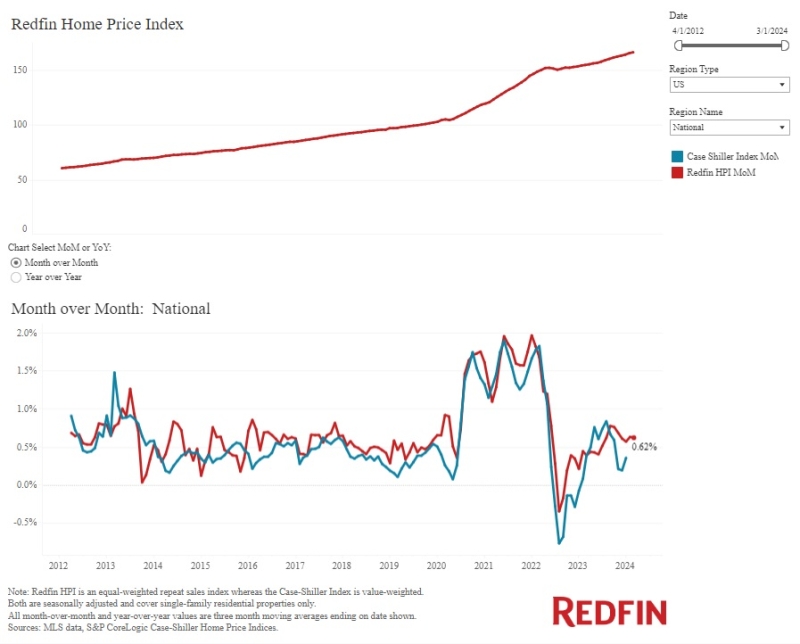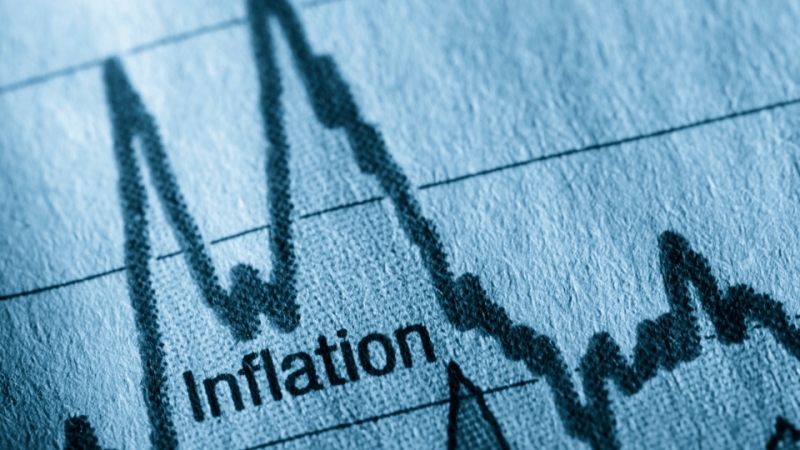Advertisement
Home values sizzle and freeze, depending on the region
Non-prime mortgage default risk holding at moderate levelsmortgagepress.comdefault risk, non-prime mortgage, index, economic conditions
The Non-Prime Mortgage Report Default Risk Index for the winter
quarter of 2005 is 96 from a revised 95 in the fall of 2004. The
index has risen by 25 percent since 2003, but remains moderate by
historical standards. The index measures the risk of default on
newly originated non-prime mortgages. That's a key finding of the
latest Non-Prime Mortgage Report by University Financial
Associates (UFA) of Ann Arbor, Mich.
"House price appreciation remains well above trend, but the
prospects for future increases are eroding. These trends cause the
default risk to be moderate," says Dennis Capozza, professor of
finance at the University of Michigan and a principal in UFA.
Under current economic conditions, non-prime lenders should
expect defaults on loans currently being originated to be
significantly higher than the average of loans originated in 1998
to 2003, but four percent less than the average rate on mortgages
originated in the 1990s. The winter quarter's changes reflect the
life-of-loan impact of mortgage rates as well as revisions to the
housing data, including continuing strength in the collateral
markets. UFA's analysis is based on a 'constant-quality' loan, that
is, a loan with the same borrower, loan and collateral
characteristics. The index reflects only the changes in current and
expected future economic conditions, which are currently less
favorable than in prior years.
Each quarter, UFA evaluates economic conditions in the United
States and assesses how these conditions will impact expected
future defaults, prepayments, loss recoveries and loan values for
non-prime loans. A number of factors affect the expected defaults
on a constant-quality loan. Most important are worsening economic
conditions. A recession causes an erosion of both borrower and
collateral performance. Borrowers are more likely to be subjected
to a financial shock such as unemployment, and if shocked, will be
less able to withstand the shock. Fed easing of interest rates has
the opposite effect.
For more information, visit www.ufanet.com.
About the author





